
Let’s take a stroll through the sand dunes of Stockton with Deb Newton of Lens and Muse, local photographer and contributor of The Wandering Lens.
Powerful, breathtaking and ever-changing, the Stockton sand dunes located on the Worimi Conservation Lands in Port Stephens, New South Wales, Australia are an ever-changing kaleidoscope of sweeping curves, textures, unique patterns, colours and dynamic contrasts of light and shadow.
Quite simply put, these masses of shifting sand are a photographer’s dream.
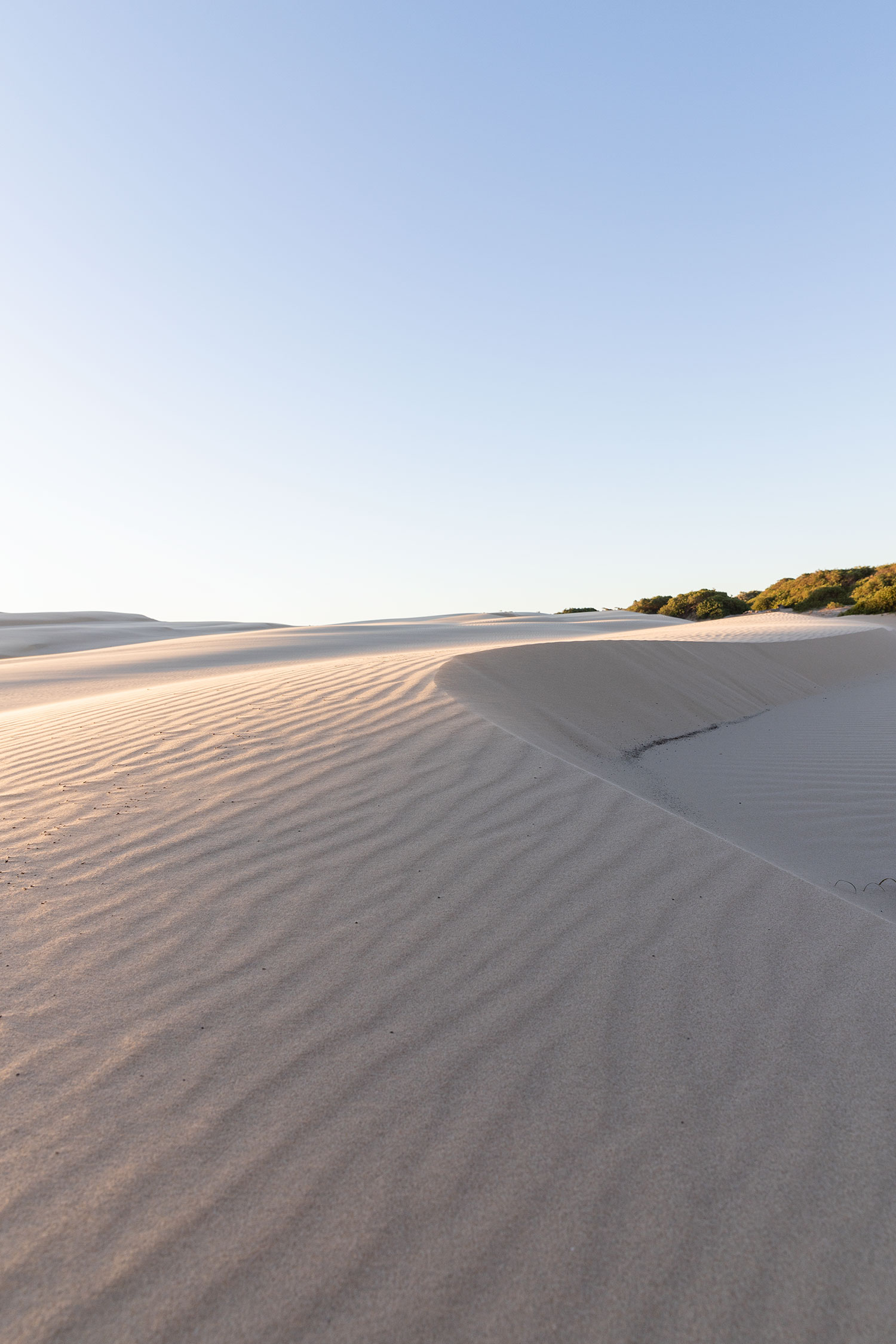
The Port Stephens area, located a short drive from Newcastle, is in and of itself, a photogenic paradise. From azure blue bays and surf beaches, to the towering headland of Tomaree National Park, and an abundance of walking trails snaking through nature reserves dotted along the coastline, there are plenty of landscapes to be inspired by. It’s easy to see why so many photographers have Port Stephens on their list of places to capture.
Another inspiring landscape located in the Port Stephens area is the Stockton Sand Dunes located on the Worimi Conservation Lands. At a length of 32km, the Stockton Sand Dunes are the longest moving sand dunes in the Southern Hemisphere, and at their peak, can reach up to 50 metres high.
From the moment you arrive, it’s not hard to see just how imposing the dunescape is. Whilst this landscape looks incredibly impressive from a distance, it’s only when you start walking amongst these towering walls of sand that you get a real sense of just how many photographic opportunities there are in and amongst the dunes.
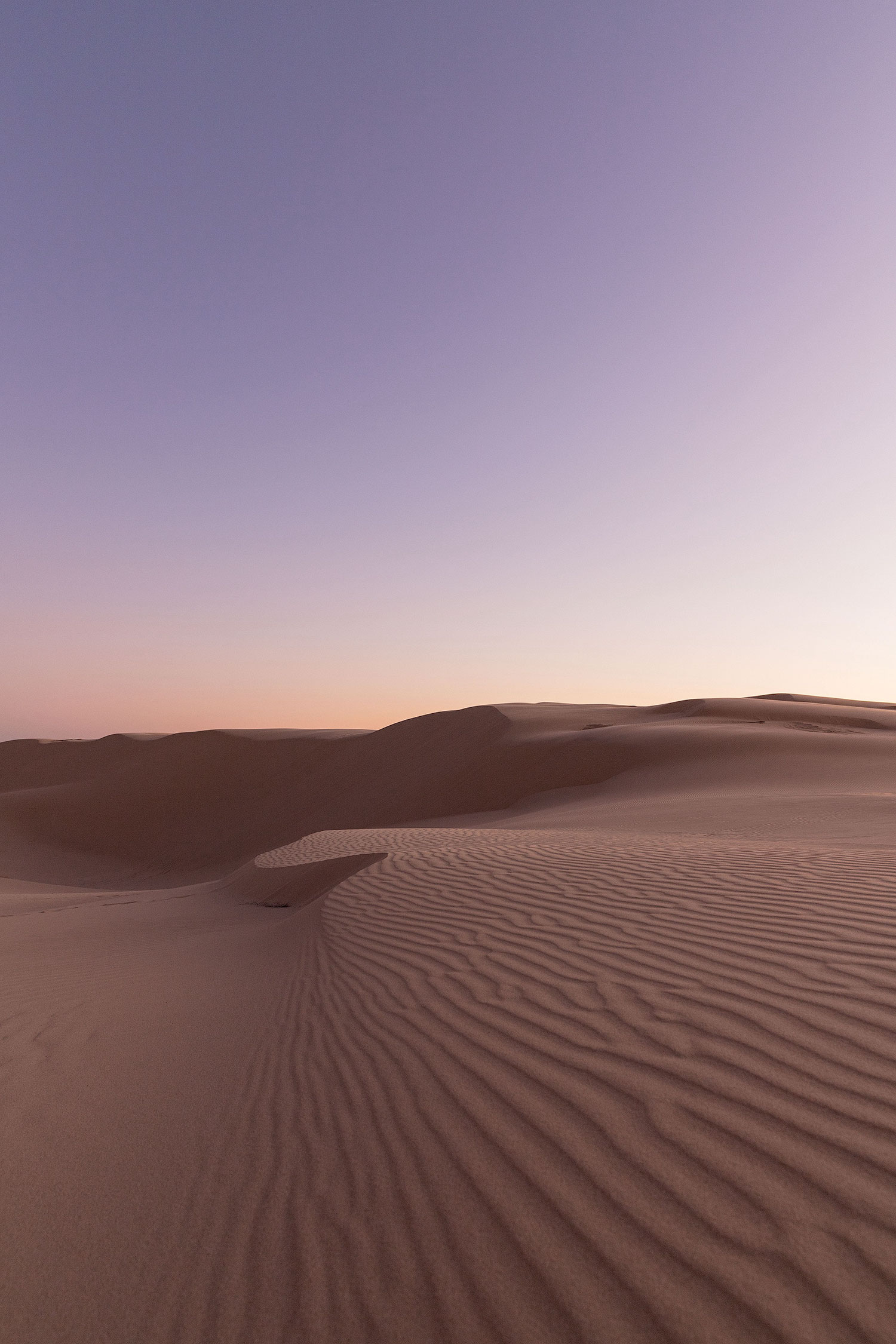
Exploring the Stockton Sand Dunes
When it comes to exploring and photographing these landscapes, it’s important to understand that dunes can be quite deceiving when it comes to safely navigating your way in and out. If, like me, you plan on walking yourself in and out of the dunes, a couple of tips to consider would be:
Watch the weather – both before and during your dune adventure. This is not just from a photography perspective, but also ensuring you’re dressed appropriately for the weather you anticipate you’ll experience.
Familiarise yourself with the entry and exit points. Try to find a physical landscape maker that you can easily recognise to alert you to those entry and exit points, so that if you’re walking back in very low light, you can still safely find your way out.
Be aware of the wildlife that you may come across in the dunes. If the dunes are within a National Park, the National Parks websites provide a wealth of information around both the flora and fauna you could expect to find in the area.
Behind the Lens – Stories + Settings
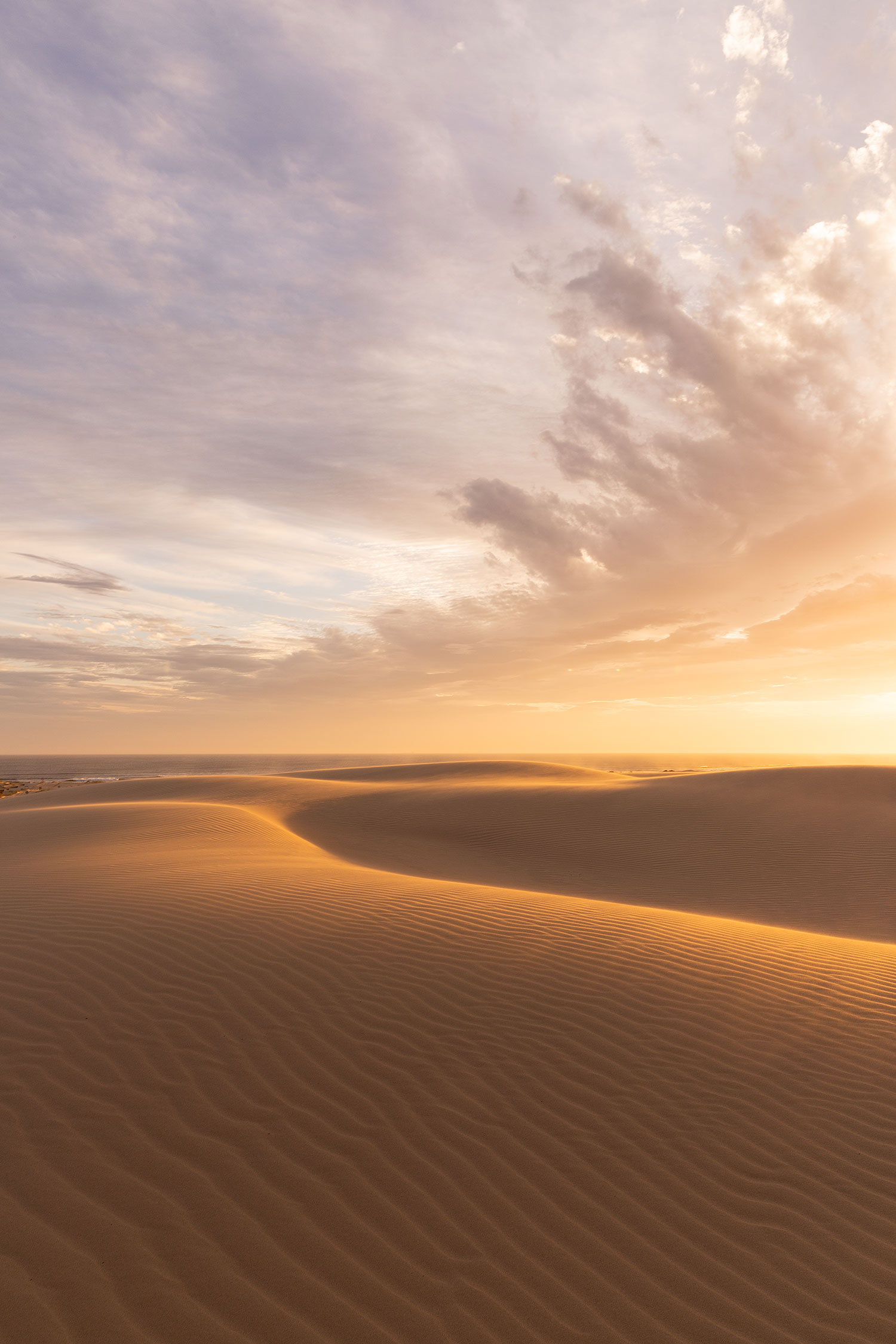
Camera Settings: ISO 100 – 28mm – f16 – 1/15sec
Don’t let the calm looking nature of this image fool you – this particular afternoon in the dunes the wind was howling as an incoming storm came rolling in.
I had been watching the weather forecast all afternoon and decided to take a chance and drive up to the dunes and see what I could capture regardless of the way the weather turned out. As I walked into the dunes, the cloud cover was increasing significantly – as was the speed of the wind – and I knew I would have a limited amount of time to scout for a location, decide on my composition, capture it and get back out of the dunes before the storm hit. I continued to walk into the dunes a little further than usual and I came across this scene. The sun’s golden hues were spilling out from the skies to the west hitting the peaks of the dunes giving depth, form and contrast to the dunescape through shadow and light.
There was enough light to pick up the patterns of the sand ripples in the foreground, and the combination of the light hitting the peaks of the dunes and howling wind moving the grains of sand at a rapid pace, meant that I could capture the movement of the sand across the peaks of the dunes in the image. The inverse leading lines of the curvature of the dunes and
the clouds also added some visual interest to the image.
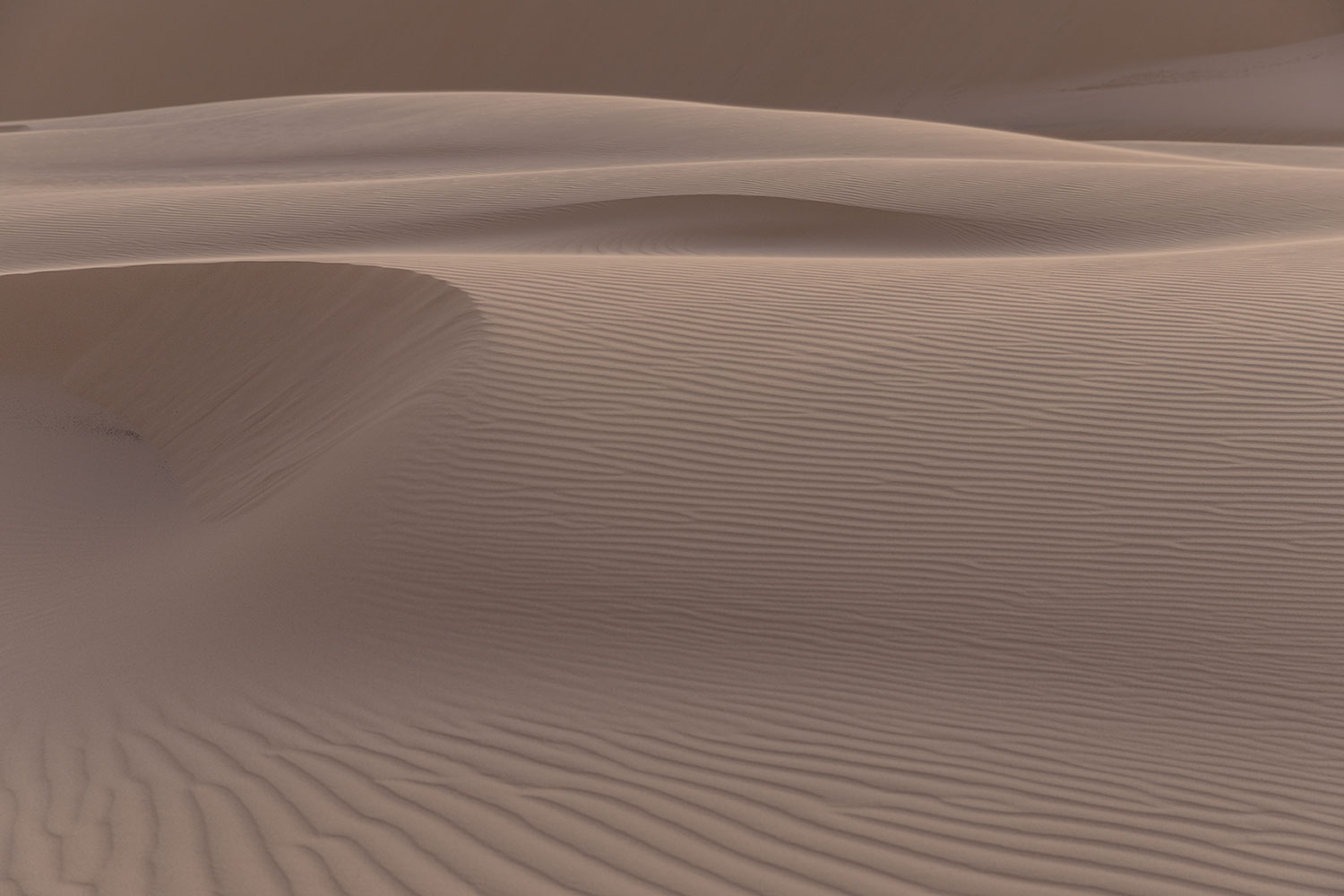
Camera Settings: ISO 100 – 70mm – f5.6 – 1/40sec
The light on the evening this particular image was captured was one of the most amazing displays I’ve witnessed so far in the dunes. As the sun continued to dip lower and lower, the colour of the sand would change as the light did – from soft yellows, to pastel pinks and muted oranges, to beautifully earthy burnt sienna tones – a kaleidoscope of ever changing colour continuously changed the landscape before me.
The earthy tones in the dunes provided by the light later in the evening were just lovely, and I wanted to get creative and isolate a small section of a dune to create a more abstract capture and focus in on the intricate sand ripples and form of the dunes.
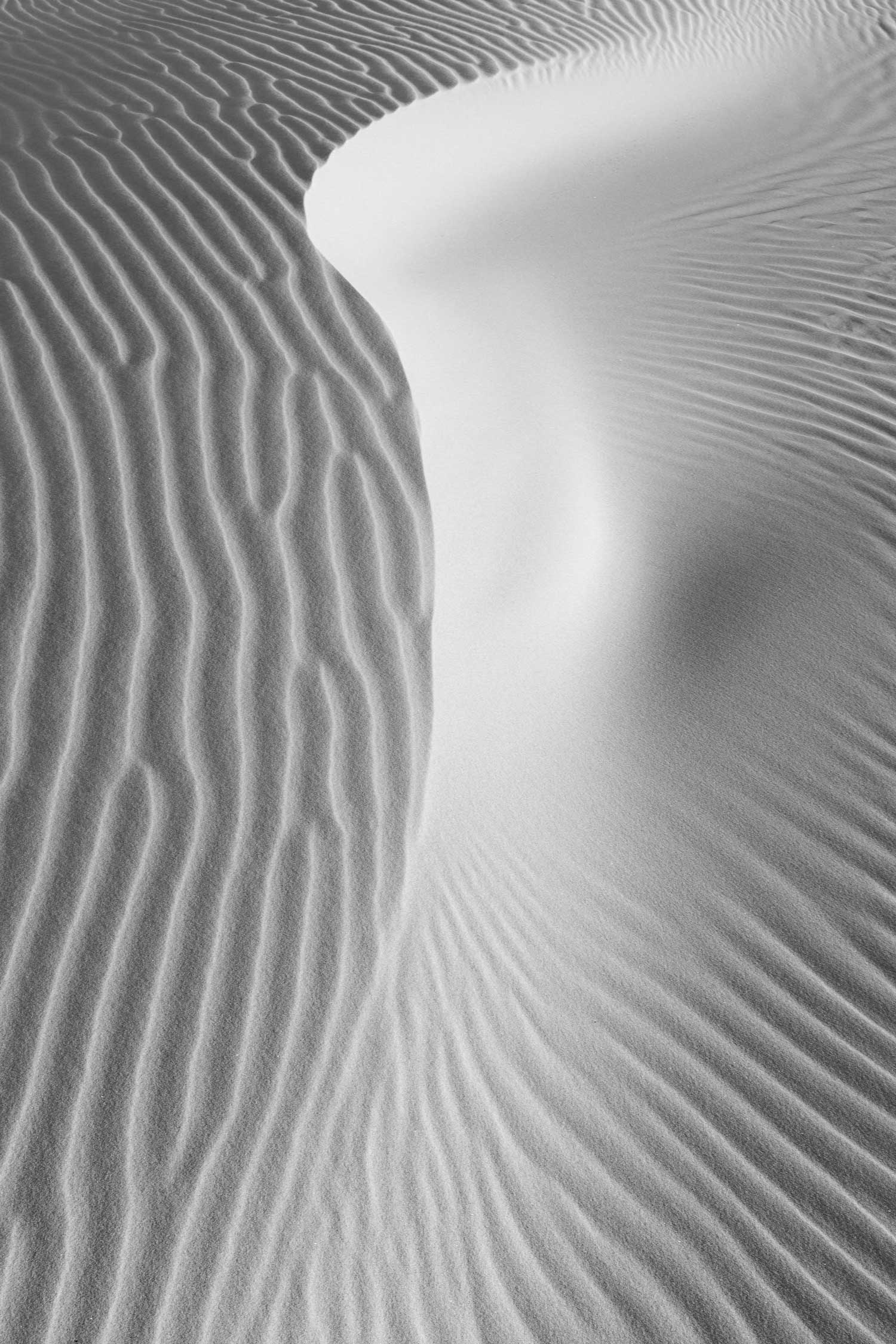
Camera Settings: ISO 100 – 35mm – f14 – 1/20sec
Organic shapes and sand ripple patterns in the dunes are some of my most favourite styles of images to capture. What I love about it is knowing that the next time I turn up at the same location, I’ll never be able to capture the same shapes and sand ripple patterns ever again, and therefore each image is unique. Whilst I’m a huge fan of colour photographs, there is something so wonderfully raw, powerful and pared back about black and white
photographs.
The light this particular afternoon was a little uninspiring, and so I went in search of organic shapes and patterns in the dunes instead. I spent nearly an hour in this one undisturbed area of dune where there were miraculously no footprints or four wheel tyre tracks to spoil the image. What struck me with this composition was the very pronounced natural curve moving my eye throughout the frame, and the way the light accentuated the contrast of
texture between the smooth sand and the raised sand ripples.
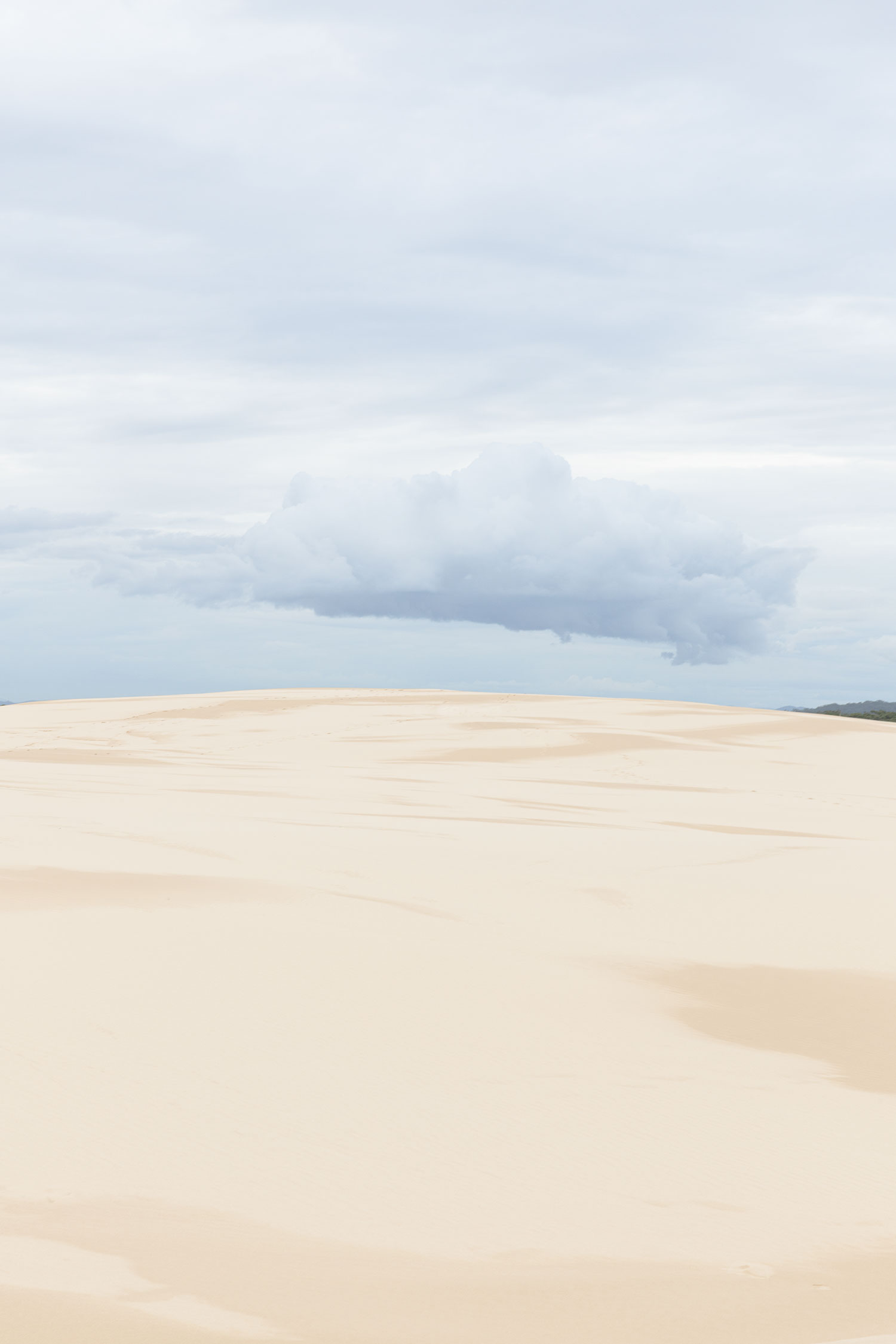
Camera Settings: ISO 100 – 70mm – f11 – 1/25sec
Whilst golden hour is my favourite light to shoot in, every now and again, it’s nice to push myself creatively and capture the dunes at different times of the day. It had rained the night prior, and the cloud cover was setting in to stick around all day so I decided to grab my camera and head out to the dunes and see what I could find to capture.
Walking into the dunes what caught my eyes were the patterns in the sand. The patterns I’m referring to were not from the usual organic ripple patterns you find in these landscapes, rather, the patterns came from the rain the night before and the sand drying in different sections at different times, creating abstract shapes throughout the landscape – it looked as though someone had taken to the dunes with a big paintbrush. Having significant cloud
cover also meant that I essentially had Mother Nature’s very own version of a diffuser the size of the sky to soften the scene which helped to create a pastel colour palette. As I started to take photos of the dunes, I noticed a cloud hovering above the peak of one of the dunes – it looked like it was so close that I could just walk up and touch it…of course I couldn’t, but the cloud, the pastel colour palette and the patterns from the rain made for a whimsical style capture.
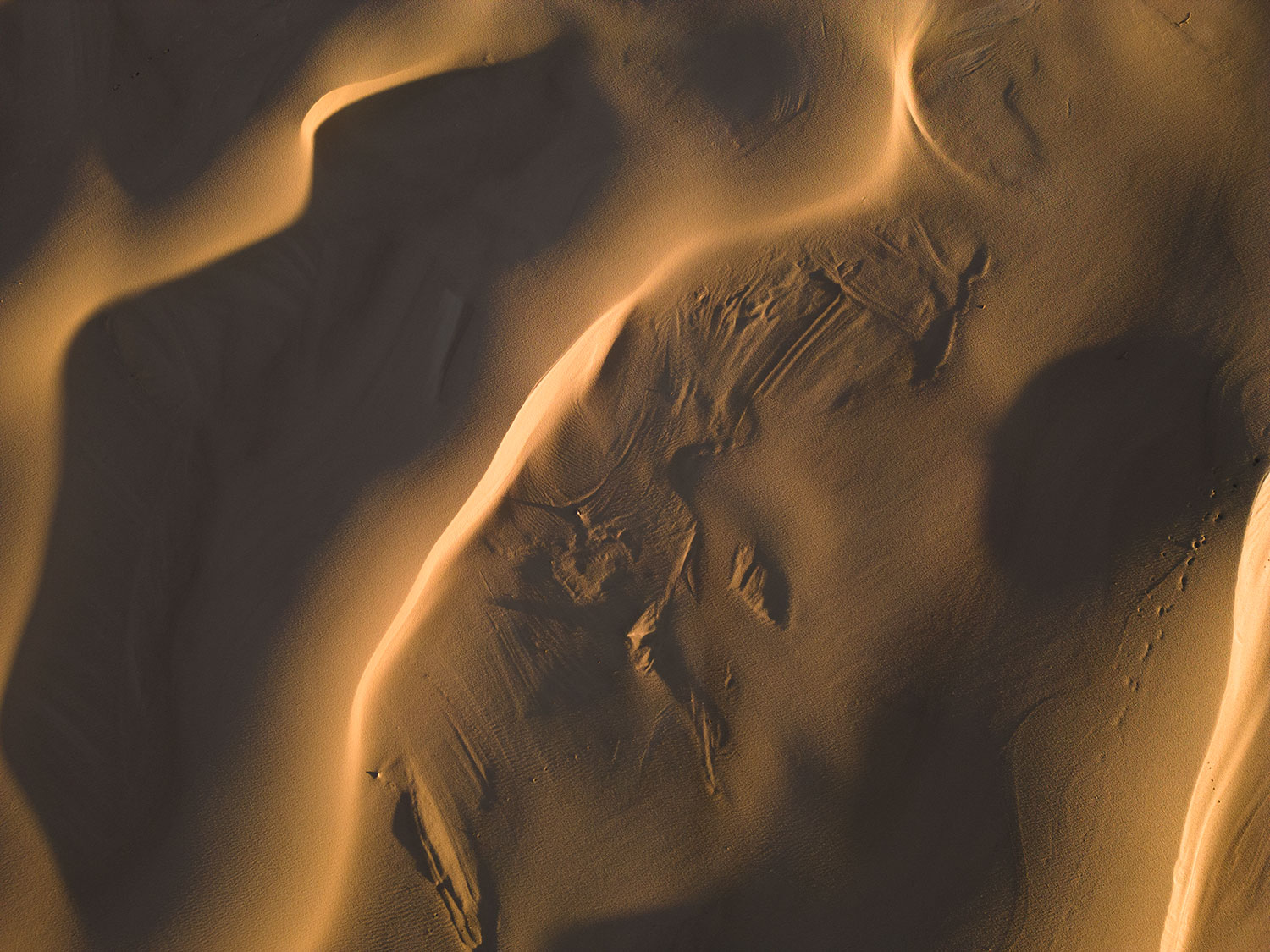
Camera Settings: DJI Mini 3 Pro – ISO 100 – 6.72mm – f/1.7 – 1/1250sec
There’s something so magical about aerial images of any landscape – and capturing sand dunes from an aerial perspective is no different. I love the creative freedom a drone can bring to composing and capturing a scene, and it’s very handy to explore a little further afield in a dunescape when your legs can’t quite go the distance. It’s important to note that it’s a good idea to do your research regarding restrictions prior to launching your drone to make sure you are allowed to fly your drone in the area you’re capturing. The Stockton Sand Dunes do have certain restricted areas requiring approval to fly a drone when the area is active, and I use the app Open Sky to check for any restrictions and to make sure it’s safe to launch, land and operate my drone.
I arrived at the dunes in the early hours of the morning with the intention of capturing the landscape with my drone. As I was walking through the dunes I looked up and saw a cluster of smaller sand formations on a larger dune with what looked like some well defined areas of shadow and light. I launched my drone, and as I flew over the dune, the peaks of these smaller organic forms had been lit up beautifully by the early morning sun, and I decided to isolate certain areas in the frame to create the abstract image you see here.
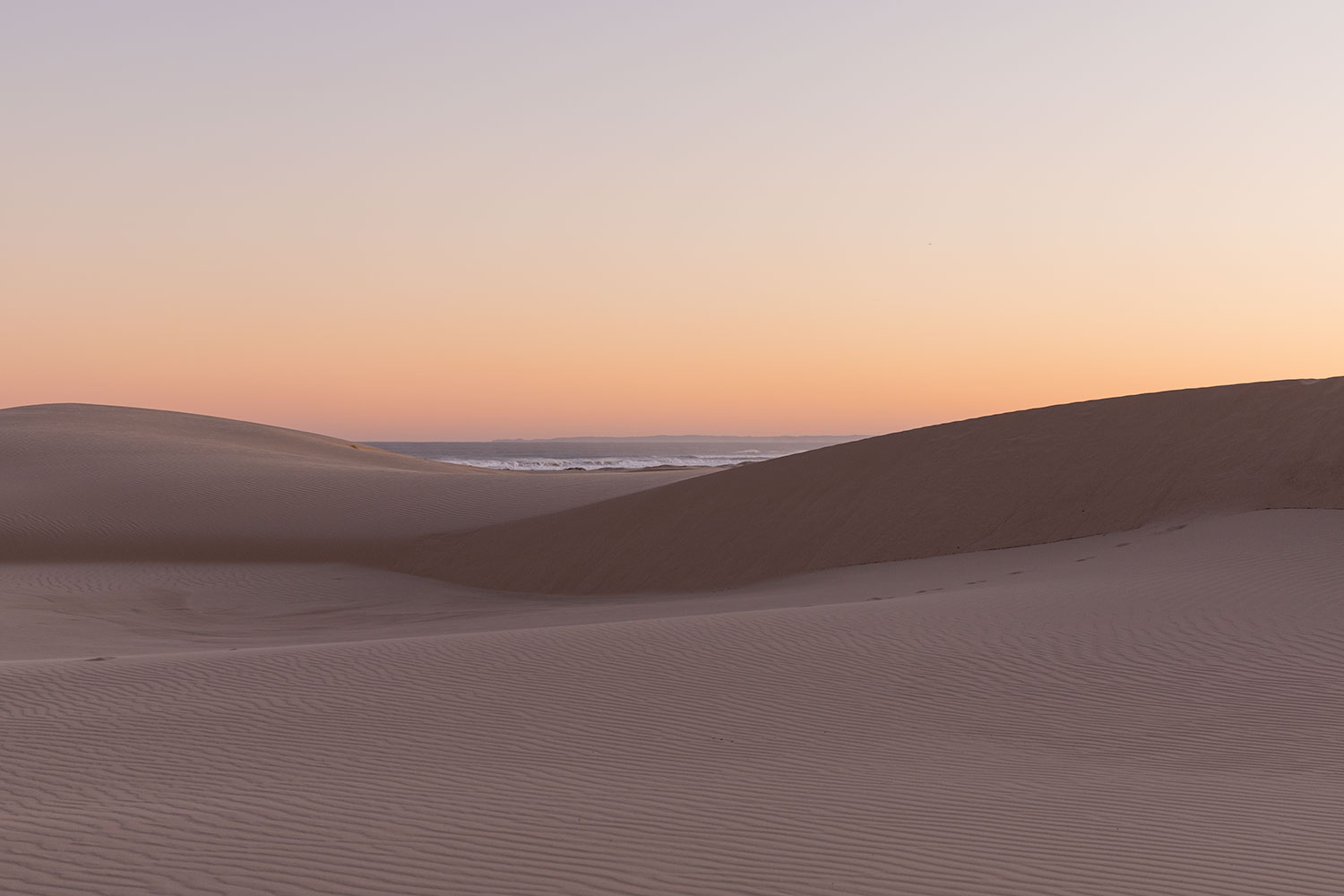
Camera Settings: ISO 125 – 70mm – F9.0 – 1/30sec
One of my favourite images from my Stockton Sand Dunes gallery (so far) is this one. The sunset sky was absolutely stunning, and as I was walking around with my camera, I came across this composition. I love how the wave-like formation of the sand dunes framed the crashing waves from the ocean in the distance.
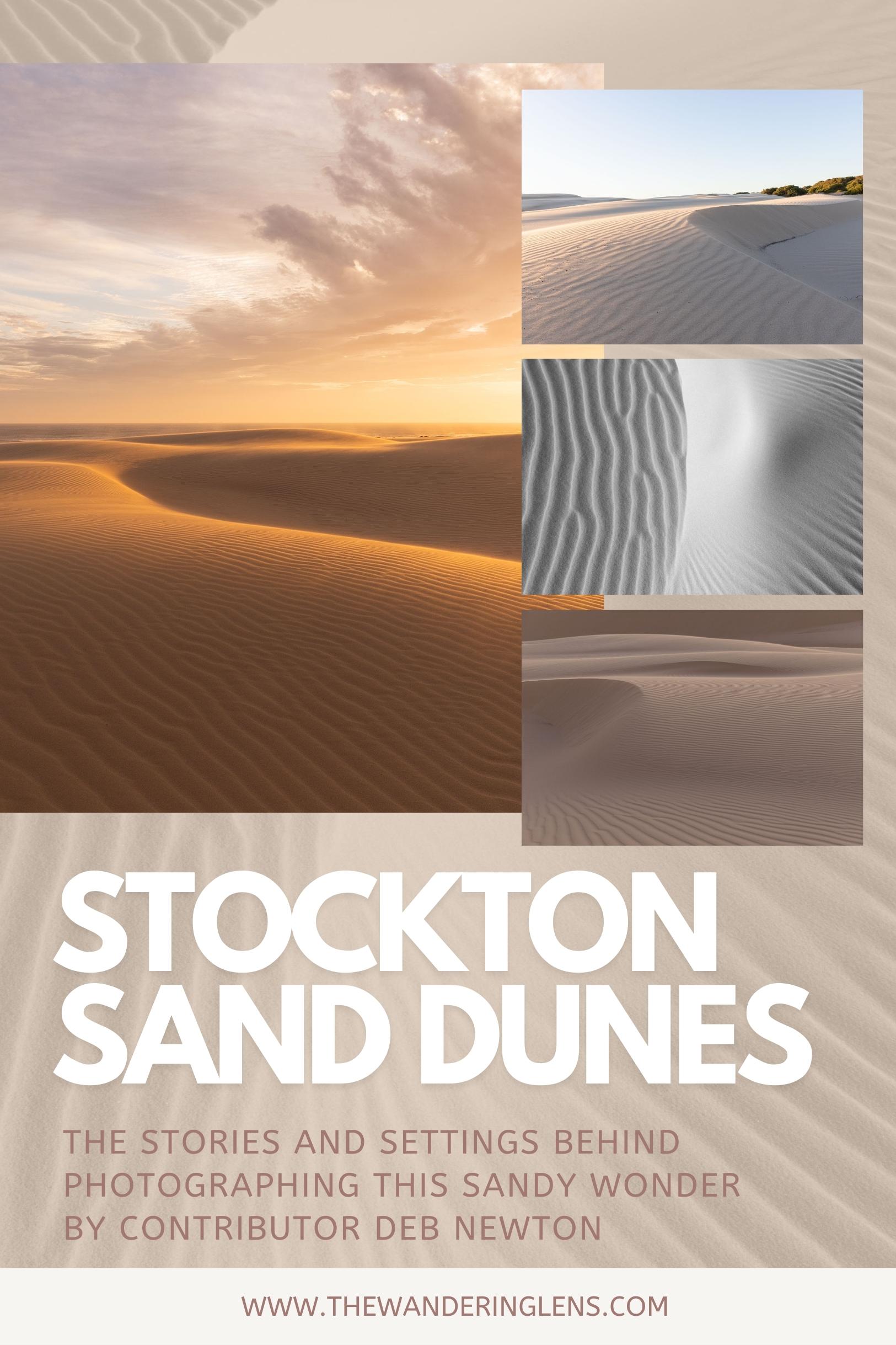
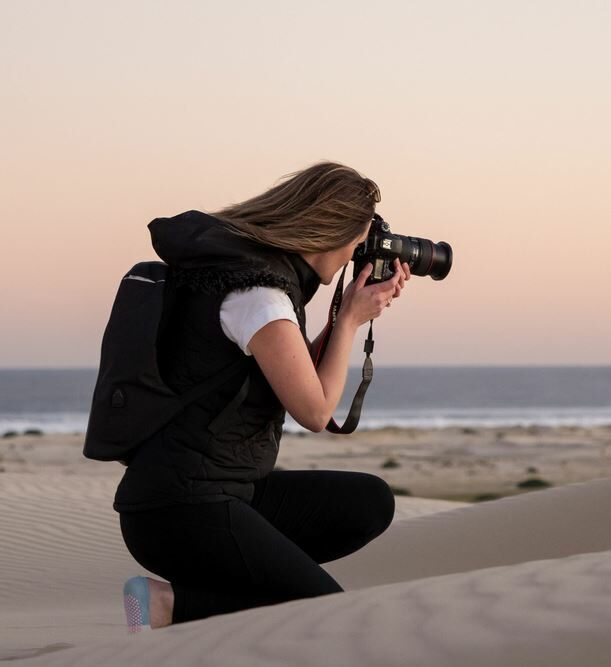
Deb Newton is an Australian photographer, creative and is the owner of Lens and Muse, based in Newcastle, NSW. Providing visual storytelling services for accommodation outlets, eco-tourism and sustainable outdoor product businesses, her imagery connects environmentally focused travellers with their next must-have item or destination. Her current project ‘The Australian Sand Dunes Project‘, focuses on showcasing the beauty of Australian sand dunes, visiting remote and sandy regions across the country.

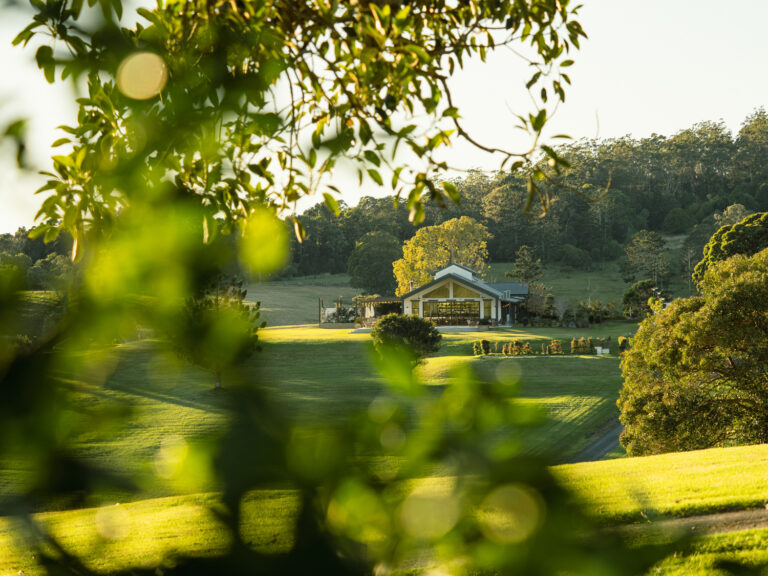
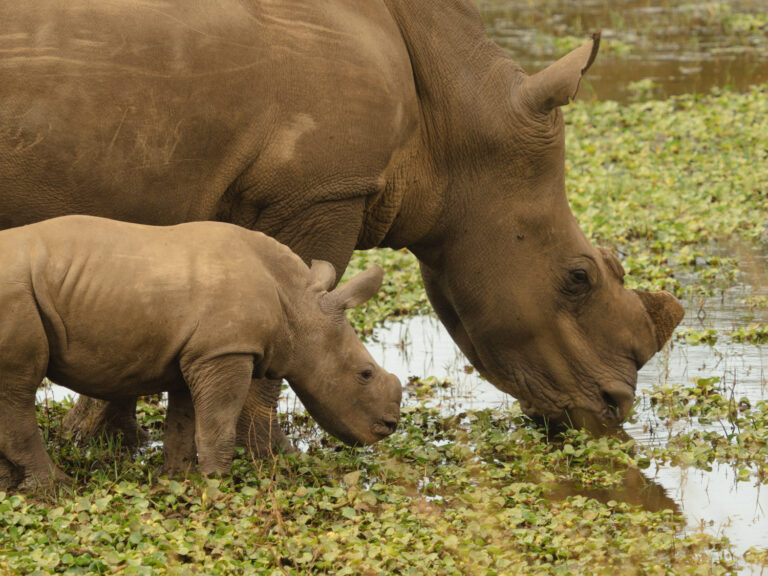

Leave a Comment